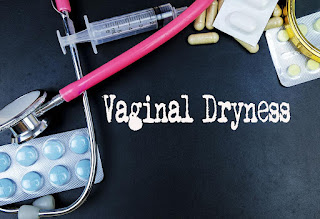Monday, November 4, 2019
Where are male sperm made
Where are male sperm made
How Is Sperm Produced?
Overview
A man’s reproductive system is specifically designed to produce, store, and transport sperm. Unlike the female genitalia, the male reproductive organs are on both the interior and the exterior of the pelvic cavity. They include:
- the testes (testicles)
- the duct system: epididymis and vas deferens (sperm duct)
- the accessory glands: seminal vesicles and prostate gland
- the penis
Sperm production occurs in the testicles. Upon reaching puberty, a man will produce millions of sperm cells every day, each measuring about 0.002 inches (0.05 millimeters) long.
There is a system of tiny tubes in the testicles. These tubes, called the seminiferous tubules, house the germ cells that hormones — including testosterone, the male sex hormone — cause to turn into sperm. The germ cells divide and change until they resemble tadpoles with a head and short tail.
The tails push the sperm into a tube behind the testes called the epididymis. For about five weeks, the sperm travel through the epididymis, completing their development. Once out of the epididymis, the sperm move to the vas deferens.
When a man is stimulated for sexual activity, the sperm are mixed with seminal fluid — a whitish liquid produced by the seminal vesicles and the prostate gland — to form semen. As a result of the stimulation, the semen, which contains up to 500 million sperm, is pushed out of the penis (ejaculated) through the urethra.
The process of going from a germ cell to a mature sperm cell capable of egg fertilization takes around 2.5 months.
Subscribe to:
Post Comments
(
Atom
)
-
ChomChom Roller Dog Hair Remover, Cat Hair Remover, Pet Hair Remover Revlon One-Step Hair Dryer & Volumizer Hot Air Brush, Black ...
-
10 Remedies And 8 Exercises To Get Rid Of A Double Chin Healifty V Face Band V Line Bandage Breathable Face Lift Belt Anti Wrinkle Ch...
How to moisturize vagina
How to moisturize vagina Vaginal Dryness: Causes and Moisturizing Treatments IN THIS ARTICLE Causes Diagnosis Medication Oth...






No comments :
Post a Comment